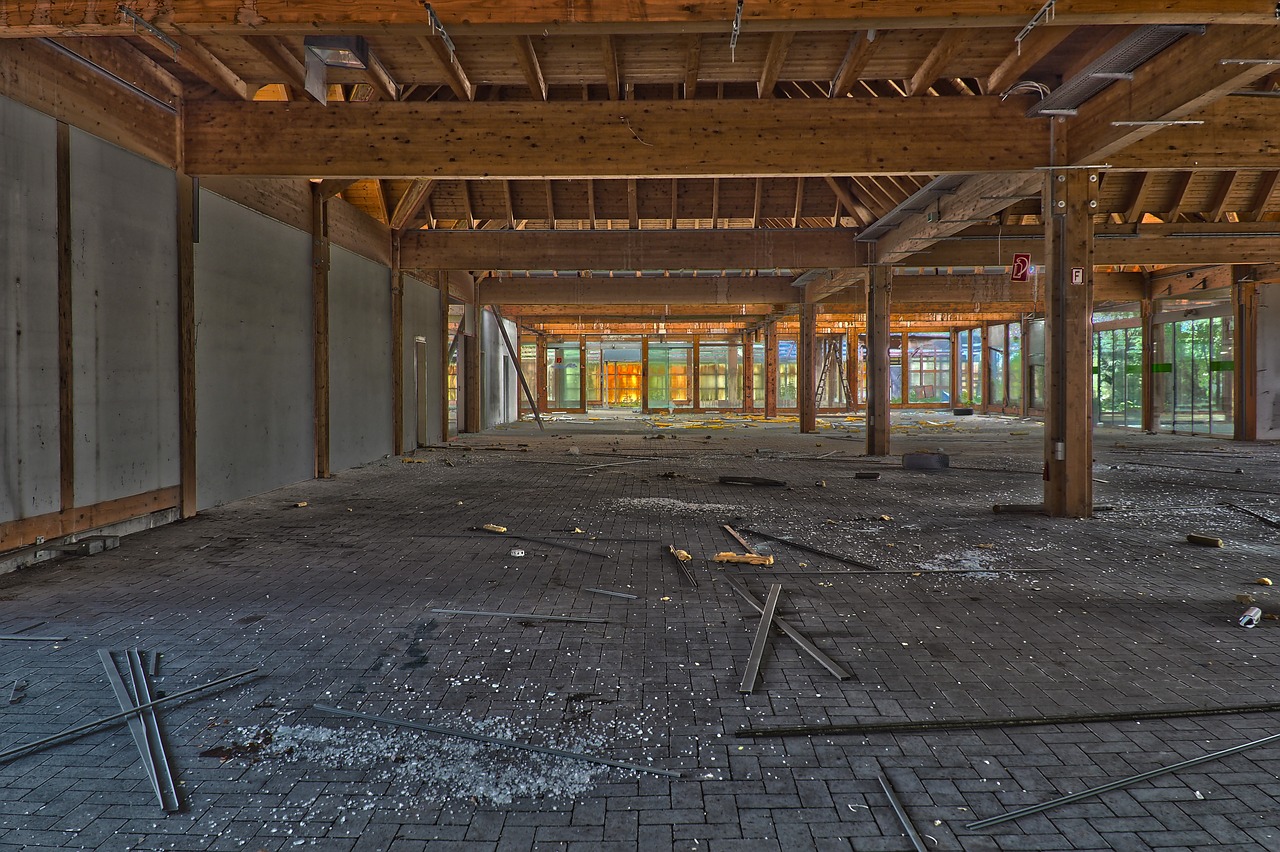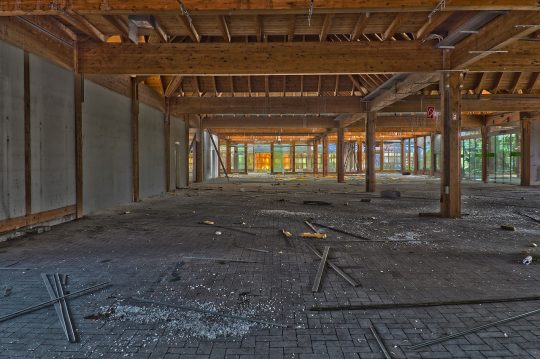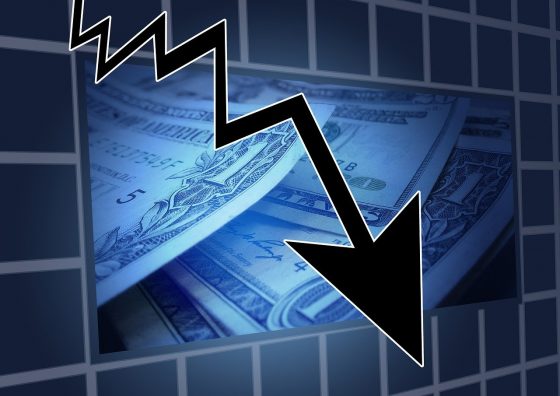 The U.S. economy was supposed to be turning a corner by now, but instead it looks like we are headed for an exceedingly painful winter. All over the country, big companies are laying off thousands of workers, and in some cases the numbers are even larger than that. As you will see in this article, Disney just announced that they will be laying off tens of thousands of workers, and the airline industry is warning that 100,000 workers could soon permanently lose their jobs if the federal government doesn’t bail them out. Meanwhile, we have been seeing businesses fail at a pace that is absolutely stunning. According to the Wall Street Journal, this year we are on pace to set new records for retail stores closings, retail bankruptcies, and retail liquidations…
The U.S. economy was supposed to be turning a corner by now, but instead it looks like we are headed for an exceedingly painful winter. All over the country, big companies are laying off thousands of workers, and in some cases the numbers are even larger than that. As you will see in this article, Disney just announced that they will be laying off tens of thousands of workers, and the airline industry is warning that 100,000 workers could soon permanently lose their jobs if the federal government doesn’t bail them out. Meanwhile, we have been seeing businesses fail at a pace that is absolutely stunning. According to the Wall Street Journal, this year we are on pace to set new records for retail stores closings, retail bankruptcies, and retail liquidations…
Retail store closings in the U.S. reached a record in the first half of 2020 and the year is on pace for record bankruptcies and liquidations as the Covid-19 pandemic accelerates industry changes, particularly the shift to online shopping, according to a report on the downturn’s severity.
Apparel retailers have been hit particularly hard during this pandemic, and it has been extremely sad to see some of the most iconic brands in the entire industry reach the end of the line…
Among the notable companies that went belly-up over the summer are Lord & Taylor and its subsidiary, Le Tote; Tailored Brands, which is the parent company of Men’s Wearhouse and Jos. A. Bank; and Ann Taylor’s corporate parent Ascena Retail Group.
But it isn’t just the retail industry that is being utterly devastated.
According to Zero Hedge, there has been a “40% eruption in bankruptcy filings” in New York City so far in 2020, and one bankruptcy lawyer is warning that “there will be an avalanche of bankruptcies” as we approach the end of the year…
While Wall Street panic buys stocks again, on hopes Washington can pass the next round of much-needed economic stimulus, the broader commercial real estate market continues to implode and nowhere more so than the epicenter in New York City, where nearly 6,000 business closures, has resulted in a 40% eruption in bankruptcy filings across business districts of all five boroughs this year, reported Bloomberg.
Al Togut, a bankruptcy lawyer who has handled insolvencies for small firms to mega-corporations, said, “by late fall, there will be an avalanche of bankruptcies … When the cold weather comes, that’s when we’ll start to see a surge in bankruptcies in New York City.”
So does that sound like things will be getting better or does that sound like things will be getting worse?
I know that the answer is obvious. I am just trying to make things crystal clear for those that have been deluded into thinking that we are headed for some sort of a “recovery”.
As more businesses collapse, more workers will lose their jobs. So even though we have already seen more than 60 million American workers file new claims for unemployment benefits in 2020, more waves of unemployment are still on the way.
For example, we just learned that KPMG will be eliminating 1,400 jobs. Those are good paying jobs and they will not be easy to replace.
Not to be outdone, Disney has announced that they will be laying off 20 times as many workers…
Disney is set to lay off around 28,000 employees in the United States as prolonged closures and limited attendance have decimated its theme park business.
The announcement was made in a letter to employees Tuesday from Josh D’Amaro, Disney’s head of parks, who detailed several ‘difficult decisions’ the company has been forced to make amid the ongoing pandemic.
Personally, I think that it is very cruel for Disney to do this.
They have made countless billions of dollars off of all of us over the past several decades, and they are in absolutely no danger of going bankrupt.
So can’t they come up with a little bit of cash to pay those workers during these tough months?
On the other hand, the airline industry is actually on the verge of a historic implosion, and we are being told that 100,000 workers could soon lose their jobs if they don’t get a massive bailout from the federal government. The following comes from Wolf Richter…
October 1 is the day US airlines that accepted their portion of the $25-billion bailout under the CARES Act can start involuntary layoffs of their employees. They’ve been shedding large numbers of employees since March but through voluntary buyouts, early retirements, and other programs that induced employees to temporarily or permanently leave. Now the airlines are engaged in a desperate lobbying effort to get legislation signed into law that would provide the next $25-billion bailout package. Threats have been flying, so to speak, to motivate Congress to get this done.
American Airlines CEO Doug Parker told CBS News on Sunday that if there isn’t a new bailout program, “there are going to be 100,000 aviation professionals who are out of work, who wouldn’t be otherwise.” This would include the 18,000 employees American Airlines has threatened to lay off.
With everything that is going on, I don’t have any idea how so many Americans can still feel so confident about the economy right now.
It just doesn’t make any sense.
Perhaps this is another sign of how self-involved we have all become. If you haven’t lost your job and nobody you know personally has lost a job, perhaps things still seem okay in your little world.
But for many Americans, this economic downturn has quickly become a horror show. In Philadelphia, a housekeeper named Kat Payne was “furloughed” from her hotel job back in March, and now trying to figure out how to survive has become part of her daily routine…
Most mornings, Kat Payne calls a family meeting and talks with her children about how — or if — they are going to be able to pay their bills each month. It’s a routine she began after she was furloughed from her job as a housekeeper at the Philadelphia Marriott Downtown in March.
Payne, along with her 27-year-old daughter Kipati and 28-year-old son Atrayu, gather in their North Philadelphia living room, with the household bills in hand. She reviews the mortgage payments and her retirement and savings accounts with her children.
At this point, Payne has not been able to pay her mortgage for four months in a row, and she just received a letter with some more devastating news…
Payne, 51, a single parent, recently received a letter from Marriott, which she reads out loud to her children: “We’re extending your layoff until December 31, 2020.”
Could you imagine being in her shoes?
What would you do?
Unfortunately, there are tens of millions of other Americans just like her that are deeply hurting right now, and economic conditions are only going to get worse in 2021 and beyond.
With each passing month, more businesses are going to crumble, more workers are going to lose their jobs, and more financial stress is going to be put on the system.
All of the dominoes are starting to fall, and every day there are more headlines that tell us that our society is coming apart at the seams.
I have been warning my readers for a very long time that this was coming, and now that it is here there will be no escape.
***Michael’s new book entitled “Lost Prophecies Of The Future Of America” is now available in paperback and for the Kindle on Amazon.com.***
About the Author: My name is Michael Snyder and my brand new book entitled “Lost Prophecies Of The Future Of America” is now available on Amazon.com. By purchasing the book you help to support the work that my wife and I are doing, and by giving it to others you help to multiply the impact that we are having on people all over the globe. I have published thousands of articles on The Economic Collapse Blog, End Of The American Dream and The Most Important News, and the articles that I publish on those sites are republished on dozens of other prominent websites all over the globe. I always freely and happily allow others to republish my articles on their own websites, but I also ask that they include this “About the Author” section with each article. In addition to my new book, I have written four others that are available on Amazon.com including The Beginning Of The End, Get Prepared Now, and Living A Life That Really Matters. (#CommissionsEarned) The material contained in this article is for general information purposes only, and readers should consult licensed professionals before making any legal, business, financial or health decisions. I encourage you to follow me on social media on Facebook and Twitter, and any way that you can share these articles with others is a great help. During these very challenging times, people will need hope more than ever before, and it is our goal to share the gospel of Jesus Christ with as many people as we possibly can.
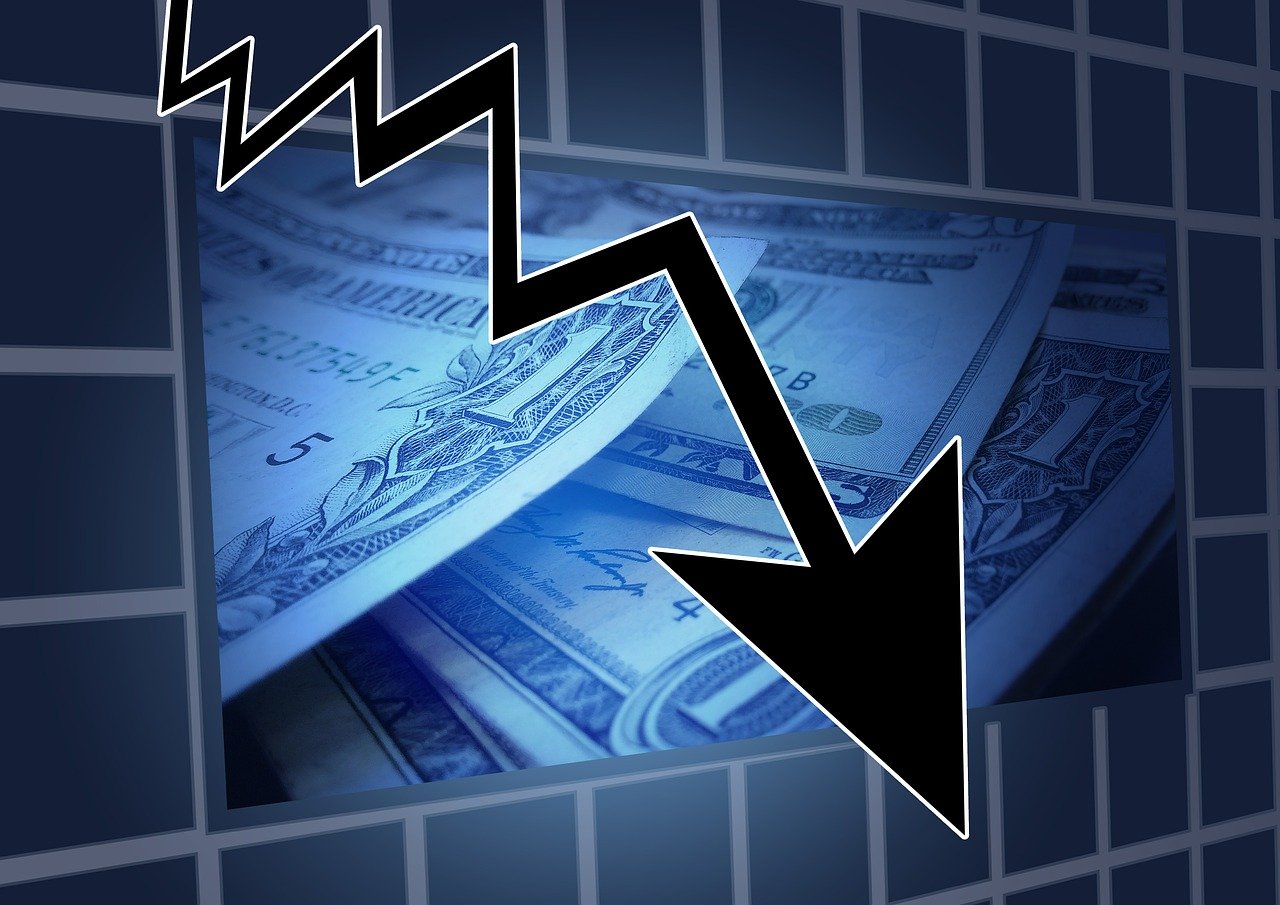

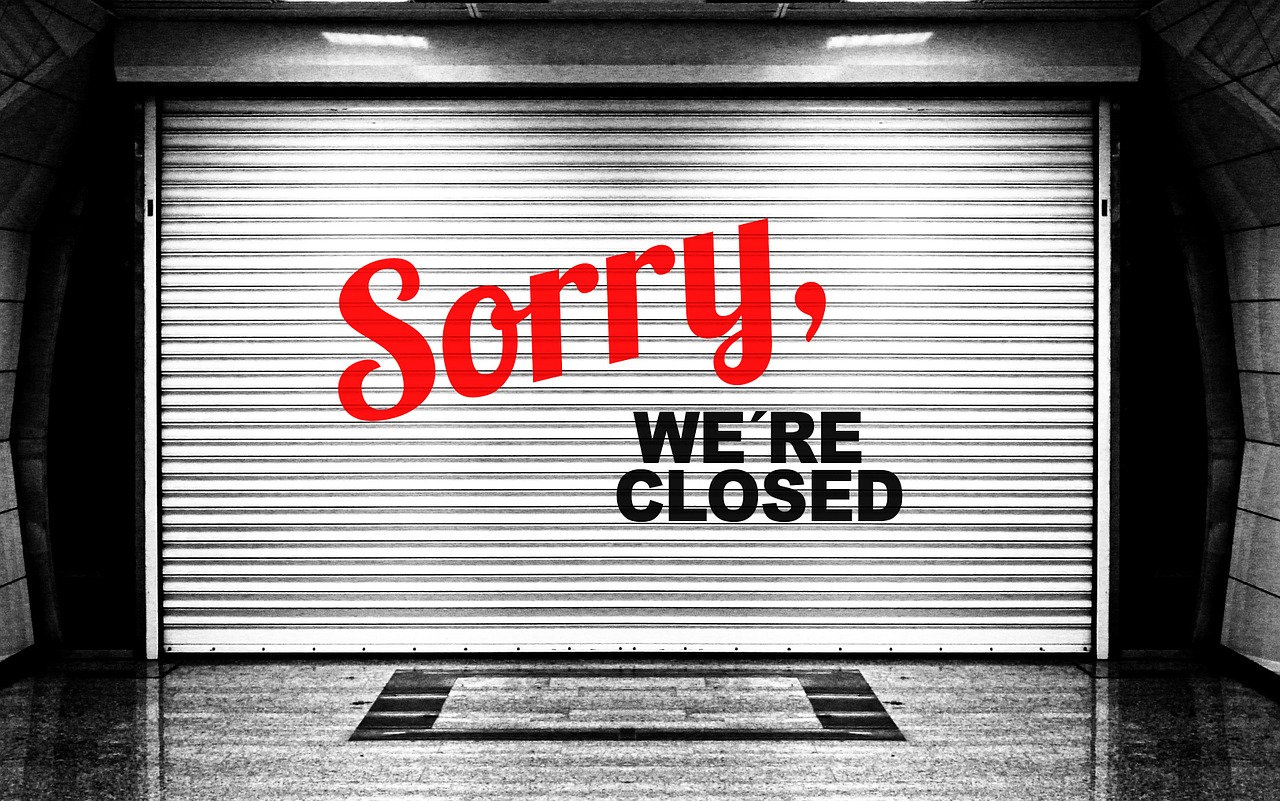
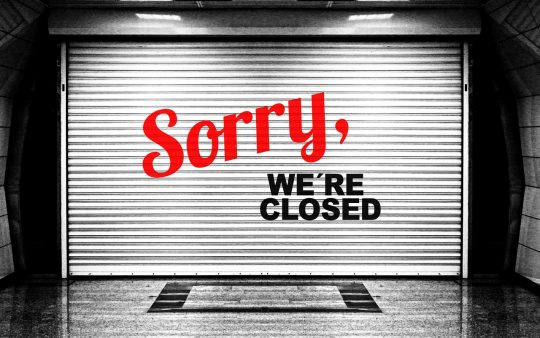 If the U.S. economy is in good shape, why have retailers already shuttered more stores than they did in all of 2018? Not only that, we are also on pace to absolutely shatter the all-time record for store closures in a single year by more than 50 percent. Yes, Internet commerce is growing, but the Internet has been around for several decades now. It isn’t as if this threat just suddenly materialized. As Internet commerce continues to slowly expand, we would expect to see a steady drip of brick and mortar stores close, but instead what we are witnessing is an avalanche. If the U.S. economy really was “booming”, this wouldn’t be happening. But if the U.S. economy was heading into a recession, this is precisely what we would expect to see.
If the U.S. economy is in good shape, why have retailers already shuttered more stores than they did in all of 2018? Not only that, we are also on pace to absolutely shatter the all-time record for store closures in a single year by more than 50 percent. Yes, Internet commerce is growing, but the Internet has been around for several decades now. It isn’t as if this threat just suddenly materialized. As Internet commerce continues to slowly expand, we would expect to see a steady drip of brick and mortar stores close, but instead what we are witnessing is an avalanche. If the U.S. economy really was “booming”, this wouldn’t be happening. But if the U.S. economy was heading into a recession, this is precisely what we would expect to see.
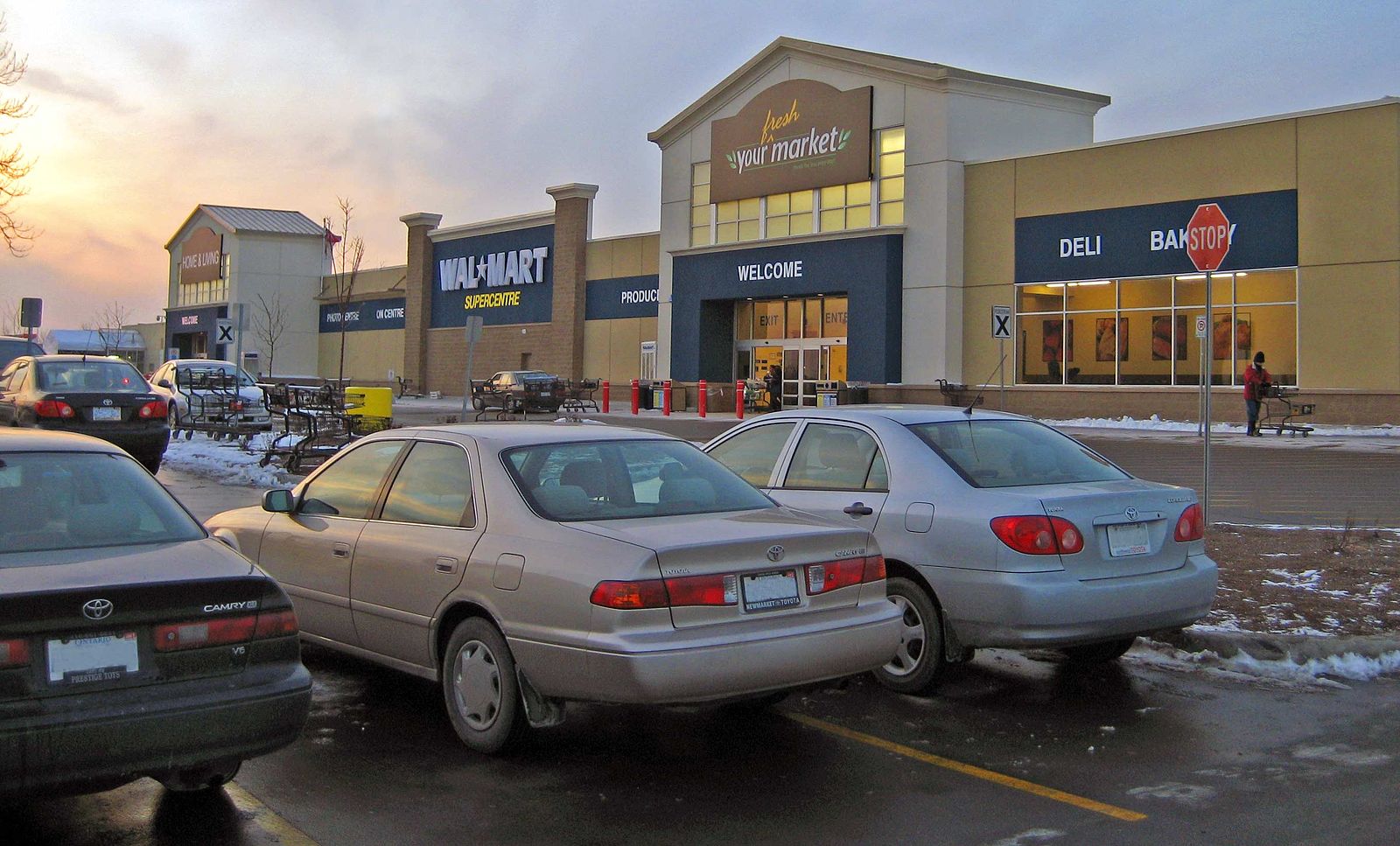
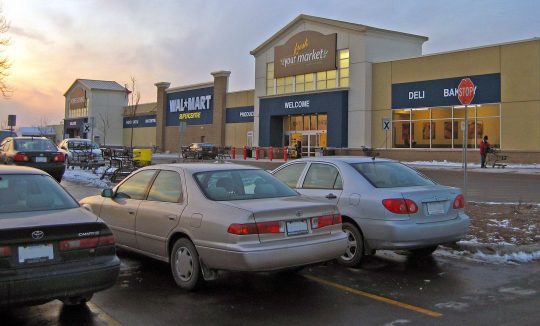 Just like we witnessed during the last recession, major retailers are laying off tens of thousands of workers, and it looks like this will be the worst year for store closings in all of U.S. history. Many are referring to this as
Just like we witnessed during the last recession, major retailers are laying off tens of thousands of workers, and it looks like this will be the worst year for store closings in all of U.S. history. Many are referring to this as 